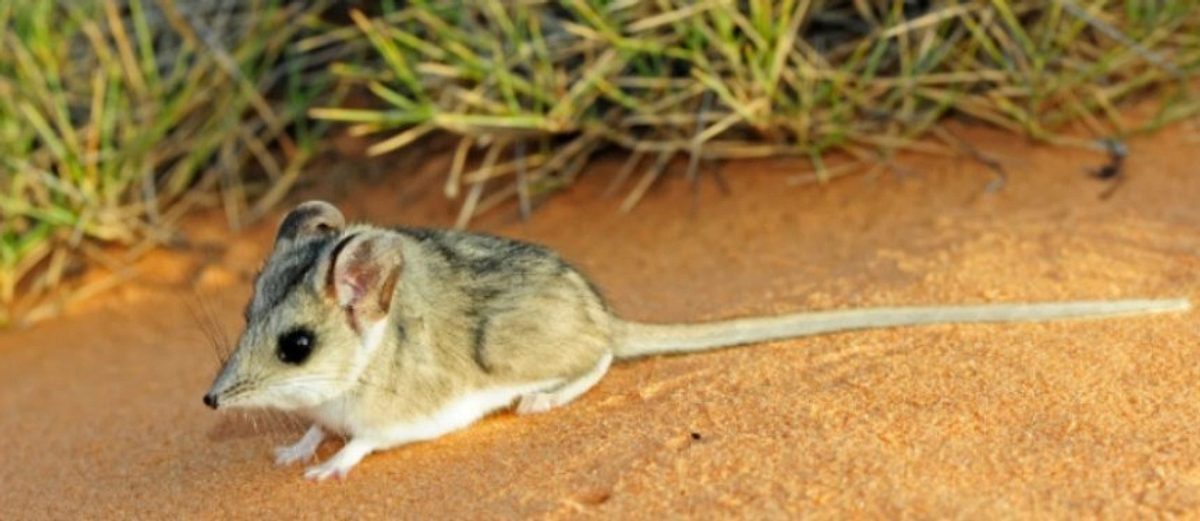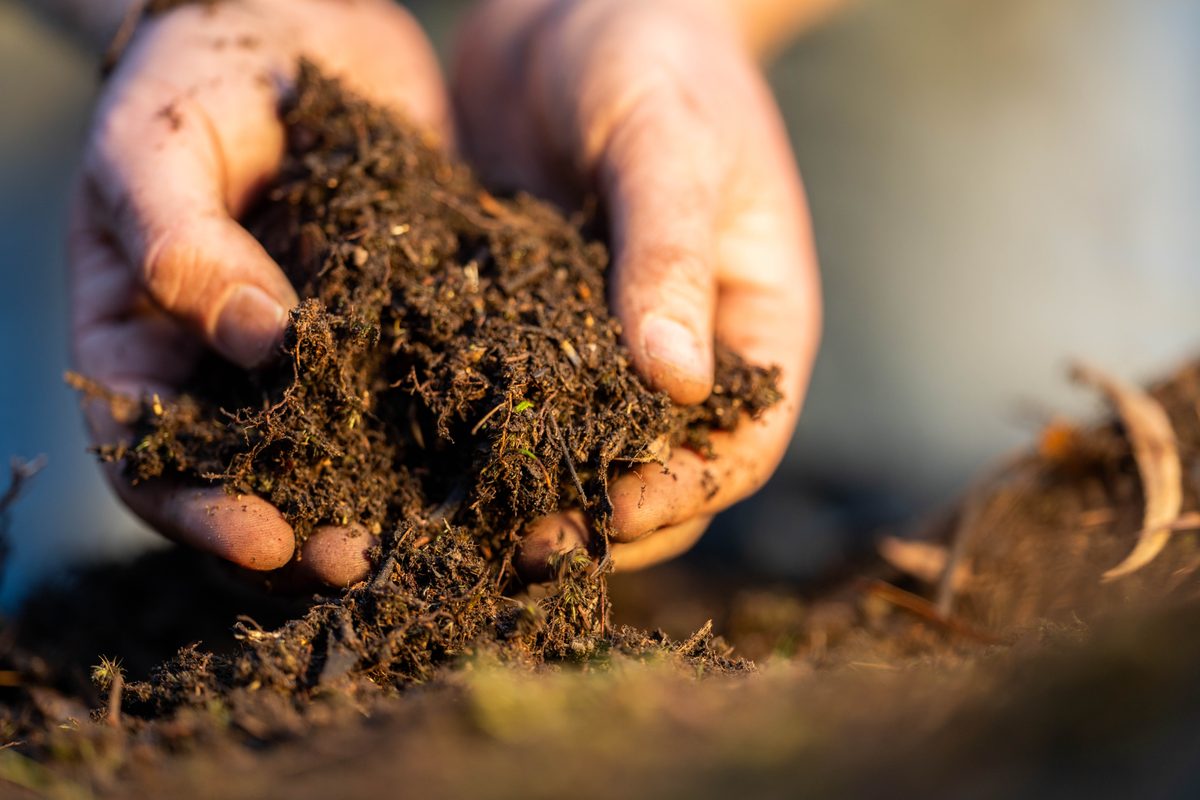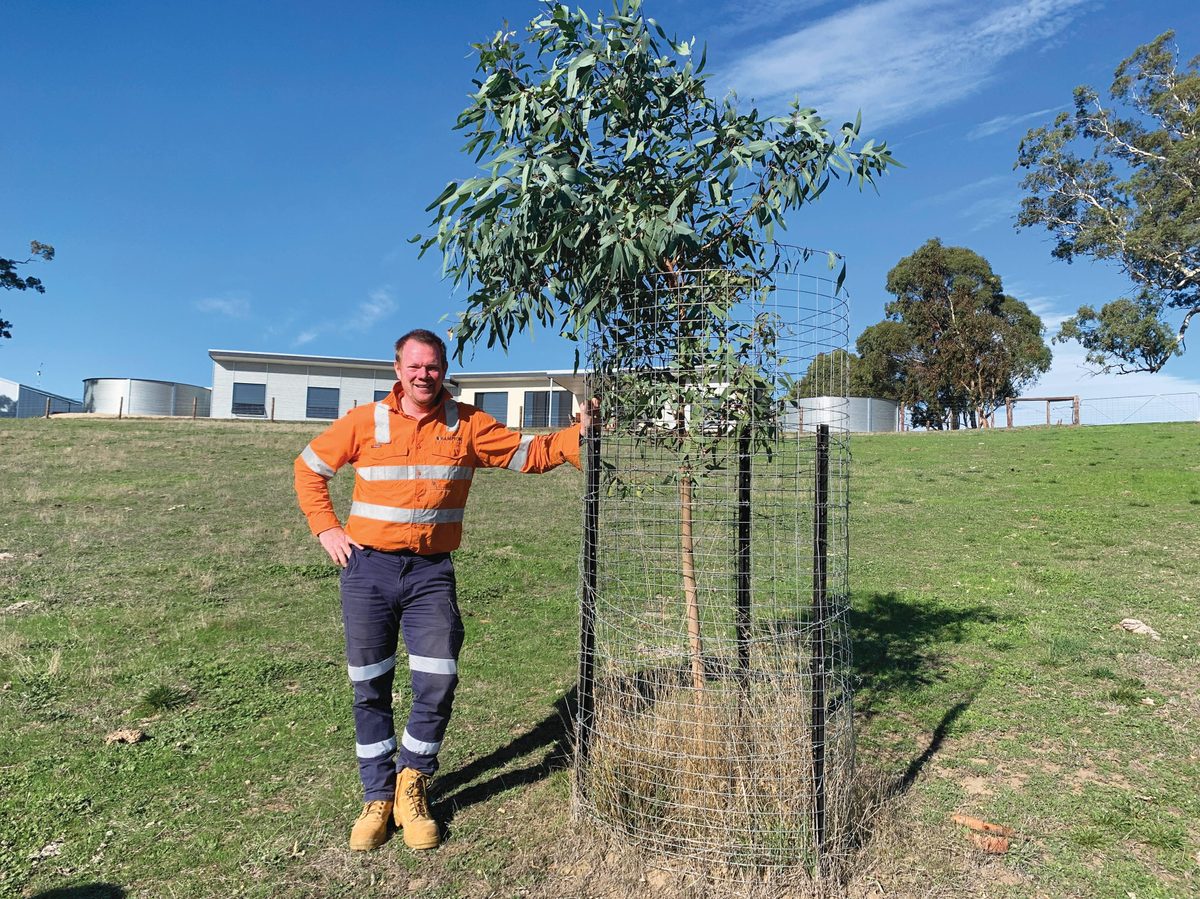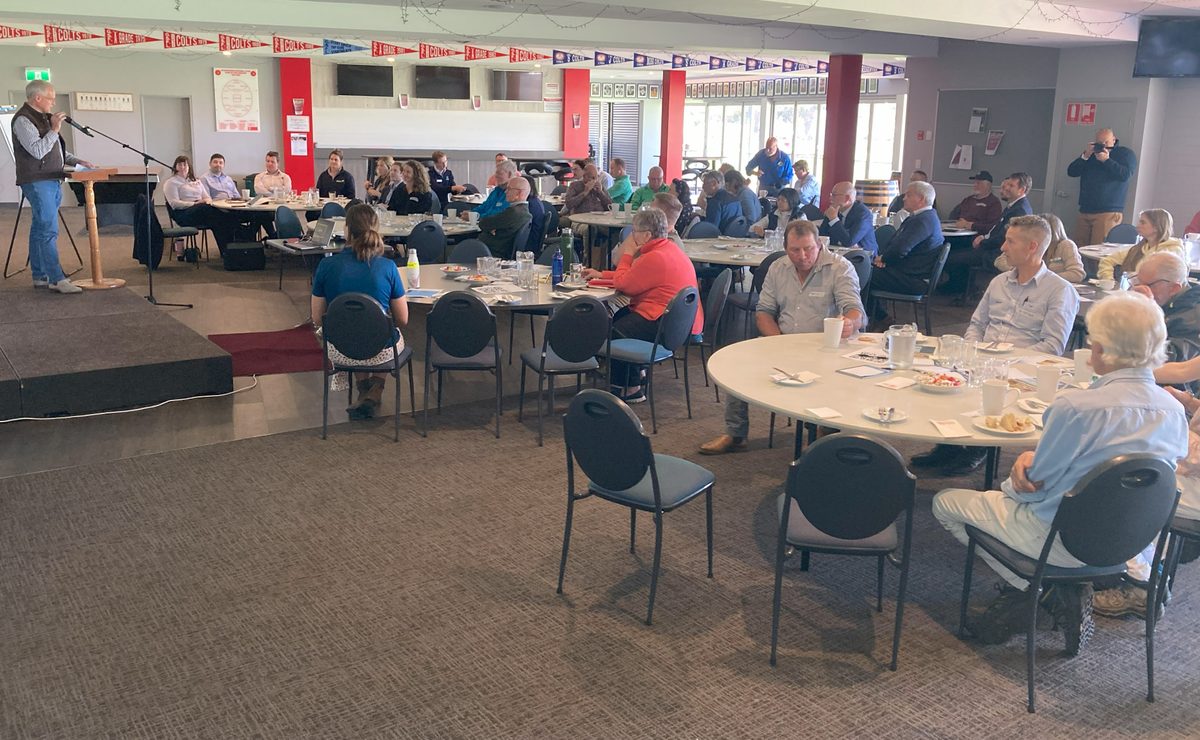Partnering for conservation on World Wildlife Day
This World Wildlife Day we celebrate our partners in conservation.

Our partners are as diverse as our work. We work with land managers, First Nations, volunteers, industries, non-government organisations, government, and the wider community.
All have a stake in caring for South Australia’s land, water and nature. We all know that together we can do more.
Partnerships take many forms as each party brings what they can to the table - funding, ideas, influence, networks, physical resources, access, enthusiasm, experience, time and determination.
Every landscape board project, every action, only happens when it has the support of others.
On World Wildlife Day, we reflect on the contribution of our partners to the many projects underway to protect and improve the biodiversity of our state.
These include establishing new populations of idnya (Western quolls) in the northern Flinders Ranges to propagating and re-wilding populations of native orchids; taking action to protect the hooded plovers that share our beaches; eradicating feral cats on KI; flying 36 brush tailed bettongs from WA to a new home on SA’s Yorke Peninsula; encouraging people to get batty about the southern bent-wing bat in the lower Limestone Coast, and much more.
Finding the sandhill dunnart in Yellabinna Regional Reserve
The sandhill dunnart (Sminthopsis psammophila) is a small carnivorous marsupial, usually 10-16 cm long and weighing 30-44g.
One of the largest and rarest dunnarts, it is listed as ‘vulnerable’, known to live in only a few locations within Australia, including throughout western Yellabinna Regional Reserve within the Alinytjara Wiluṟara (AW) region of South Australia. In this region it is considered that the greatest causes of the population decline are predation by introduced species such as foxes and cats, habitat degradation and wild fire.
Annual surveys are undertaken by the AW Landscape Board to grow our understanding of their preferred habitat.
The educational, heart-warming video (11min 10sec) shows what was involved in the 2022 survey trip or you can watch this shorter clip (1min 15sec) to see a lighter side of the survey.
See what happens when these small creatures realise they are free to go
The 2022 sandhill dunnart survey was made possible through funding from the Australian Government’s National Landcare Program and the support of rangers from the Far West Coast Aboriginal Corporation.



